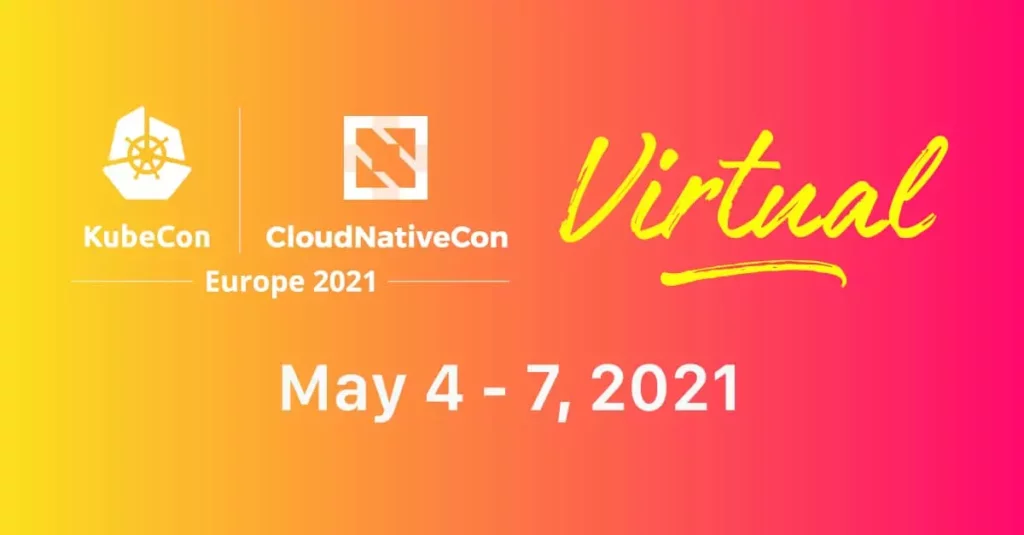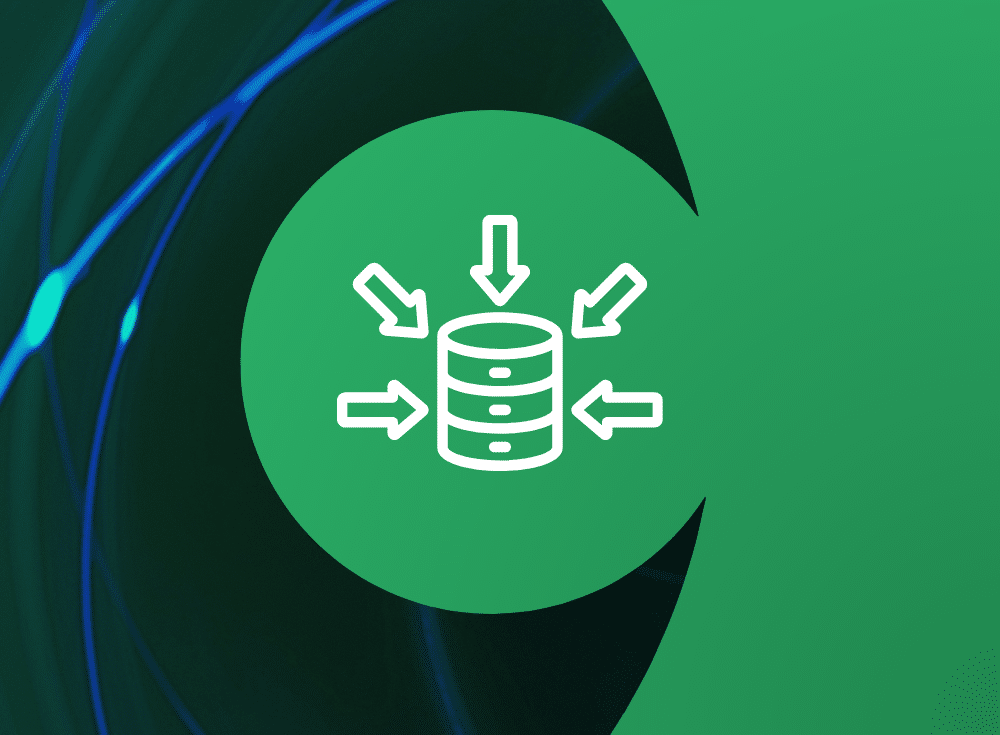Community Overview
As many large-scale events start to feel they’re close to “getting back to normal,” this year’s KubeCon EU was the second online, and while it lacked any large announcements, there was plenty of consolidation and maturing of concepts.
Most in the Cloud Native space know that Kubernetes is a big deal, but sometimes in the middle of our hectic schedules, we may not realize how big of a deal it is.
The regular updates from the Cloud Native Computing Foundation (CNCF) continue to astound each time they announce them, and here are a couple of highlights.
KubeCon EU 2021 had 25,000 registered attendees. Of course with online events, this doesn’t always mean they actually attend, but the regional breadth online events allow for is inspiring.
The official Kubernetes training course from the Linux Foundation hit 194,000 enrollments.
And an interesting statistic that requires more digging is that many of the originating companies behind major projects in the ecosystem are now not the majority code committers anymore.
There were a significant number of sessions covering CNCF special interest groups (SIGs), encouraging and educating interested parties on how to be more involved with topics relevant to them. KubeCon has always been a focus point for these groups, but the recent online format of the conference has brought a wider variety of people to the groups.
Meshing Around
Many sessions mentioned the phrase “service mesh.” With the space hotly contested between a handful of stalwart projects all vying for attention, there were many pitches and sessions trying to convince you that “their mesh was best.”
The main rivals are Istio, Linkerd (and Conduit), Open Service Mesh, Consul, Kuma, and Envoy. The decision mostly comes down to if you want to mix Kubernetes deployments with other workloads.
Simplifying Kubernetes
Even a casual look at the CNCF landscape, or an attempt to do something with Kubernetes beyond basic steps, reveals that it’s a complex project for many to understand.
In addition to education and training projects, there are a growing number of providers and tools attempting to make using Kubernetes easier, or near seamless.
There are commercial providers aiming to make “Kubernetes as simple as Heroku,” like Humanitec, Backstage and Garden, but also developer tools such as Lens and Kind. Taking things to a more abstract level are projects like GitPod, that leverage Kubernetes behind the scenes to make spinning up developer environments as seamless as opening a pull request.
Needing simplicity for different reasons, K3S emerged as a distribution for IoT and edge computing use cases, a growing use case for Kubernetes that traditionally it was “too heavy” for. There was a mixture of opinion on whether a Kubernetes needed a new distribution, when by standard it’s highly configurable, but with a growing, and enthusiastic community behind it, it’s here to stay for a while yet.
DevSecOps
Kubernetes kind of blew apart many of the traditional Developer/Operations/Security team overlaps and responsibilities. The latest group in that trio to come to the foreground is security, and introducing more security principles into container selection, Kubernetes resource construction, and CI/CD pipelines. To find out more, the “official” DevSecOps website is a great place to start.
Observability
The cloud-native observability space continues to grow and add new options for teams to consider, and a growing range of buzzwords to understand. Should you choose an application performance management (APM) vendor, or are they losing relevance? Do you pick and choose the components you need for an application lifecycle management (ALM) setup? Or do you opt for the latest “old technology is cool again” trend with the increasing amount of extended Berkeley Packet Filter (eBPF) based options?
Aiming to consolidate at least some of these technologies, one announcement was the intent to form the Prometheus conformance program. The program will model itself after the Kubernetes conformance program in an attempt to help users of Prometheus-based tools know that there is a degree of flexibility, reliability, and standardization in what they choose to use.
Scaling data(bases)
Vitess, MinIO, and etcd are joined by newer projects such as Longhorn, Rook and OpenEBS. But more interestingly in another sign of attempting to bring standards and interoperability between options, the SIG for storage finalized a whitepaper attempting to define what Kubernetes storage should and could mean.
Looking forward
And there you have it, hopefully the last remote-only Kubecon. A mixed bag of consolidation, standardization, and news. Chronosphere looks forward to meeting you at KubeCon North America, and hearing your approaches to Cloud-native observability.
If you’re interested in hearing about our presentations related to KubeCon, you can watch the following:



